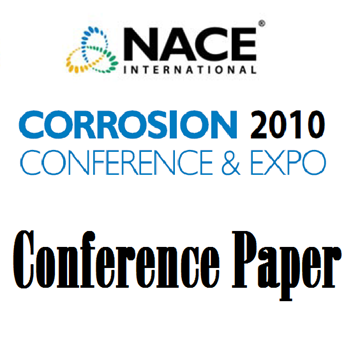Search
51312-01288-Effect of Atmospheric Residue-Desulphurizer Unit Revamp On Increased Corrosion In Amine Regeneration
Also Purchased
51316-7913-Improve Amine Unit Reliability and Optimize Treating
Product Number:
51316-7913-SG
ISBN:
7913 2016 CP
Publication Date:
2016
$20.00
09334 Failure of Amine Regenerating Column of Amine Treatment Unit
Product Number:
51300-09334-SG
ISBN:
09334 2009 CP
Publication Date:
2009
$20.00
10183 Prediction and Assessment of Rich Amine Corrosion Under Simulated Refinery Conditions
Product Number:
51300-10183-SG
ISBN:
10183 2010 CP
Publication Date:
2010
$20.00




